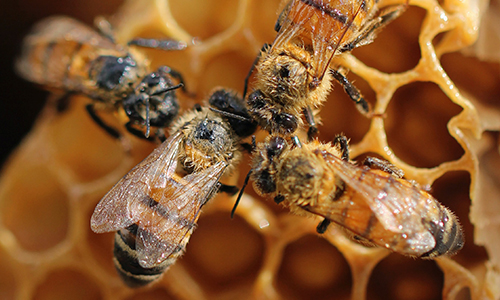Gardaí are investigating new information relating to the murder of Sophie Toscan du Plantier that was passed on to them by film director Jim Sheridan.The information is from Marie Farrell, a former shopkeeper in Schull who was once the gardaís key witness in the murder probe but whose evidence was later discredited.Mr Sheridan, who has made the documentary Murder at the Cottage: The Search for Justice for Sophie, about Ms Toscan du Plantier, confirmed last night that he has given a statement to gardaí about the new information.It is not for me to say whether this amounts to significant information or not, he said in a statement to the Sunday Independent.
Having regard to the fact that this remains an ongoing live murder investigation, I do not believe that it is appropriate for me to share my thoughts as invited. However, Mr Sheridan confirmed the new information related to the identification of a stranger in a black coat who Ms Farrell said she saw outside her shop days before Ms Toscan du Plantiers murder.
Her original evidence identified Ian Bailey as the stranger in a dark coat and beret, who she saw outside the premises in the days before the murder and later close to the crime scene.
Ms Farrell later claimed she had been pressurised by gardaí into identifying Mr Bailey, who has repeatedly insisted he is innocent.
In the latest twist to the extraordinary case, Ms Farrell believes she can now identify the person outside her shop as a man who was known to Ms Toscan du Plantiers late husband, Daniel.
She claims to have identified the person in recent months from a photo online, according to informed sources.
Ms Farrell does not disclose her claim to have new information in the documentary. Detectives contacted her a number of weeks ago, and she was interviewed at Skibbereen garda station last weekend and made a statement.
Ms Farrell declined to comment when contacted by the Sunday Independent this weekend.
Ms Toscan du Plantier was murdered at her holiday home in Schull in 1996. Former journalist Mr Bailey has been under suspicion for the crime ever since.
Ms Farrell became a key witness for gardaí in the early days of the investigation, when she identified Mr Bailey as a stranger in a black ankle-length coat and beret who she saw standing outside her shop before Christmas 1996.
At the time, she said the man was watching a woman who had come into her shop, who she later recognised as Ms Toscan du Plantier. Ms Farrell said the man later followed the woman after she left the shop.
She claimed to have seen the same man, in a dark coat, in the early hours of the following morning at Kealfadda Bridge, close to Ms Toscan du Plantiers house.
It later emerged the Director of Public Prosecutions questioned numerous inconsistencies in her witness statements to gardaí at that time about the stranger outside her shop.
Ms Farrell retracted her evidence in 2005, claiming that she had seen a man but detectives pressurised her into identifying him as Mr Bailey a claim gardaí have denied.
However, her credibility was seriously questioned after she testified during Mr Baileys failed legal action against the State for wrongful arrest. She was cross-examined at length about numerous contradictions in her evidence. At one point, she was warned about perjury by High Court judge Mr Justice John Hedigan, who later sent a transcipt of her evidence to the DPP. Her credibility was regarded as a key factor in the failure of the case.
Mr Bailey was never charged in Ireland in relation to Ms Toscan du Plantiers death, and he has claimed gardaí tried to frame him for the killing. The Garda watchdog raised grave concerns but found no evidence that he was framed.
After failed attempts to extradite him to France, he was eventually tried in his absence and found guilty of murder. He was sentenced to 25 years prison.
Mr Bailey has written to Garda Commissioner Drew Harris seeking a new review of the investigation into the murder.
In his letter, he claimed there was now evidence that would eliminate him as a suspect and clear his name.
Recent Posts
- The Solar System is positively lousy with magnetic fields. They drape around (most of) the planets and their moons, which interact with the system-wide magnetic field swirling out from the Sun.
- Pregnant people cannot register for a Covid-19 vaccine prior to 14 weeks’ gestation.
- Mikel Arteta was not consulted over Arsenal’s decision to appear Amazon’s All or Nothing documentary this season
- Singapore should embrace openness and equip the people with the experience and skills to succeed, said Mr Heng.. Read more at straitstimes.com.
- Down on an atomic level, glass is a jumbled mess of atoms, which makes it easily prone to distortion and cracking. Now, chemists have discovered how to arrange the atoms within glass in such a way, the resulting material can even rival the strength o

